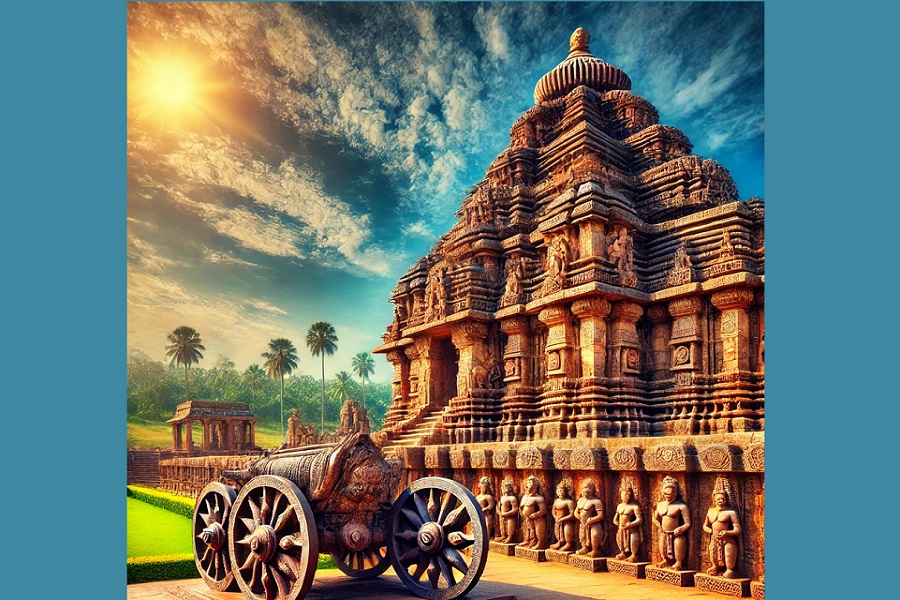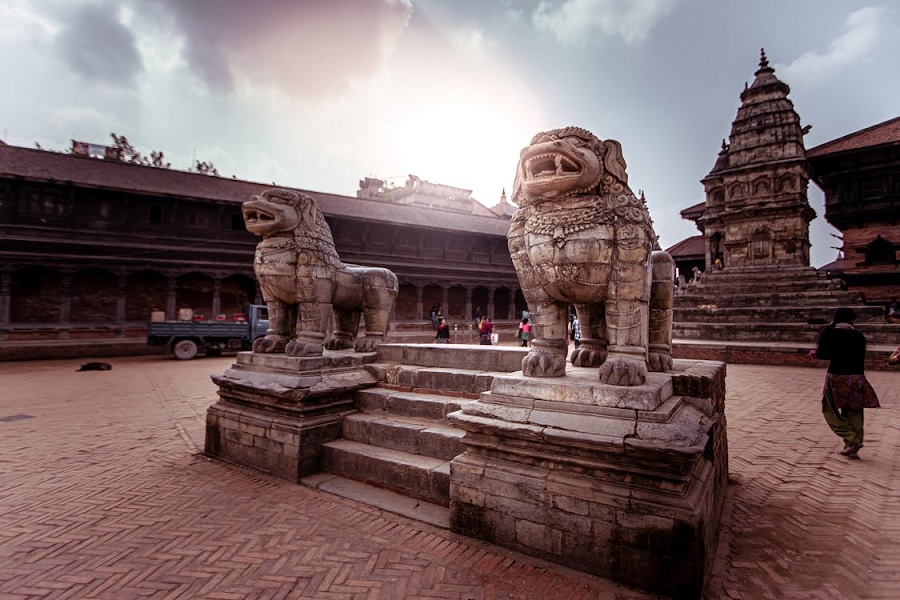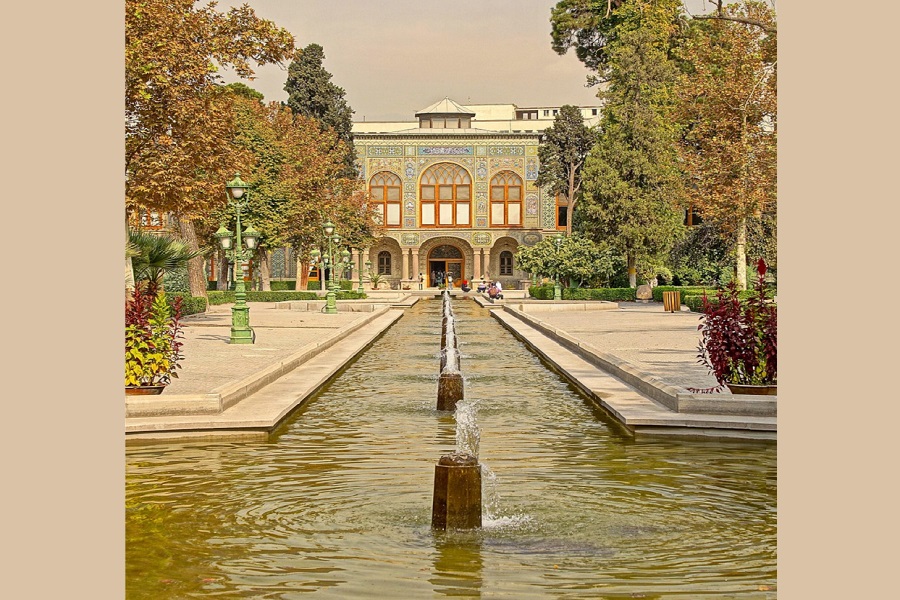Konark Sun Temple Bas-Reliefs: A Glorious Symbol of Indian Heritage

The Konark Sun Temple, a 13th-century architectural marvel located in Odisha, India, stands as a testament to the artistic and scientific brilliance of ancient Indian civilization. Declared a UNESCO World Heritage Site, this temple is renowned for its colossal structure shaped like a gigantic chariot pulled by seven horses and mounted on 24 intricately carved stone wheels. The wheel in the image above is a spectacular example of these bas-reliefs, capturing both mythological symbolism and astronomical precision.
Symbolism and Cultural Significance
Each wheel of the chariot is not merely decorative but loaded with symbolism:
The 24 wheels represent the 24 hours of a day, while the 8 major spokes divide time into 8 equal parts, echoing the concept of time and cosmic order in Hindu philosophy.
These wheels are believed to function as sun dials, capable of telling the precise time by the shadows cast by the spokes.
The detailed carvings on the wheel and the surrounding walls depict scenes from daily life, celestial beings, dancers, musicians, animals, and mythical stories, offering a glimpse into the socio-cultural life of 13th-century India.
Artistic Grandeur in Bas-Reliefs
The bas-reliefs of Konark are meticulously chiseled into sandstone, showcasing extraordinary mastery in stone craftsmanship. These carvings:
Portray narrative art, with intricate human and divine figures frozen in graceful motion.
Reflect themes of divine love, celebration, dance, and devotion, all integrated into the structure of the temple.
Combine architectural geometry with spiritual symbolism, which was a hallmark of temple architecture in Eastern India.
Scientific Excellence
The temple also stands as a marvel of science and engineering:
The orientation of the temple allows the first rays of the sun to fall on the main sanctum.
The wheels’ design demonstrates ancient Indian knowledge of astronomy and timekeeping.
Preservation and Legacy
Though much of the temple is in ruins today due to natural degradation and invasions, the remaining parts — especially the chariot wheels — continue to inspire historians, architects, and tourists worldwide. The wheel motif has been so impactful that it features prominently in India’s national flag, symbolizing dharma (righteousness), motion, and progress.





















